Have you ever considered the importance of proper drainage when it comes to growing plants in a raised garden bed? Many gardeners often overlook this key element, yet it is absolutely essential for creating and maintaining a healthy environment for your plants. This definitive guide to drainage will discuss why raised garden beds need drainage, examine the different methods available, and provide guidance on selecting the right kind of drainage solution for your unique needs. So, if you’re looking for the best ways to keep your raised garden bed healthy, read on!
What is the drainage for garden beds?
Garden beds require proper drainage for plants to thrive. Without good drainage, water can become trapped in the soil and cause root rot or other issues. To ensure that your garden bed has adequate drainage, you will need to incorporate specific features into the design such as a well-graded soil mix with organic matter like compost, raised beds, or even installing an under-drain system.
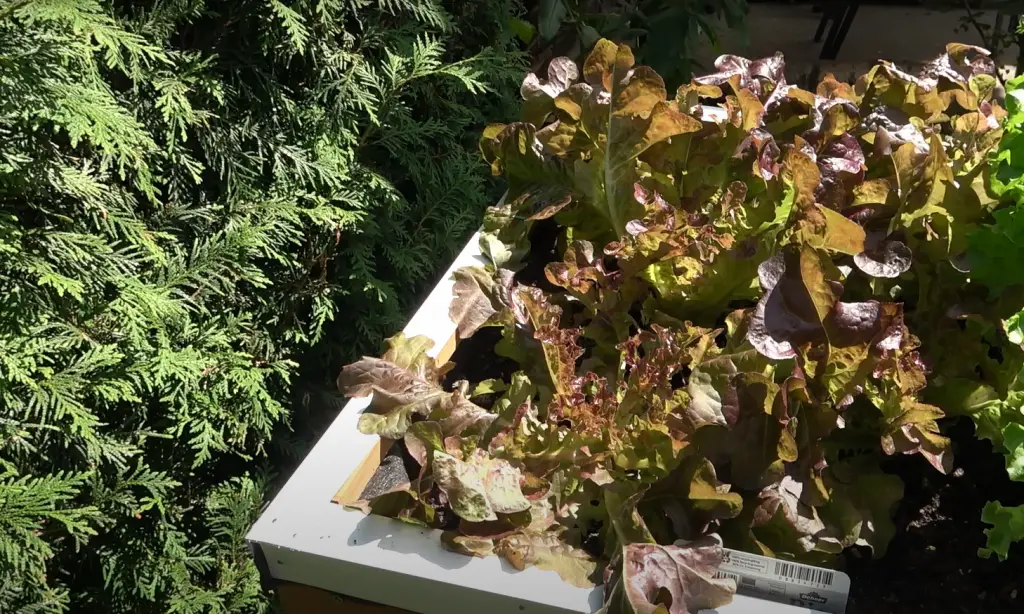
There are several ways a gardener can improve the drainage of their garden beds:
- Install an Under-Drain System – A French drain or an underground pipe system can be used to direct excess water away from your garden bed and help prevent waterlogging in areas where drainage is poor. This type of system can be designed to collect water from one bed and divert it away from the others.
- Add an Organic Layer – Adding organic matter like compost or bark chips can help improve drainage in your garden beds. This material will hold onto excess moisture and keep it from becoming trapped in the soil.
- Plant Perennials with Deep Roots – Planting deep-rooted perennials such as fescue grasses, yarrow, and black cohosh can help to increase drainage in a garden bed by encouraging roots to grow deeper into the soil where there is better air circulation.
- Increase Elevation – Building raised beds that are higher than your existing garden beds will allow for water to run off more quickly, which can improve drainage in the garden.
- Use Mulch – Adding a layer of organic mulch can help retain moisture in soil, while still allowing for adequate drainage. The organic material will also provide nutrients to your plants while helping to keep weeds at bay.
- Add Sand – Incorporating sand into the soil mix can help improve drainage as it creates larger air pockets that allow water to move more freely through the soil.
By incorporating these features into a garden bed design, you can ensure that your plants have access to adequate drainage and are given the best chance of thriving. Proper drainage is essential for healthy plant growth and will help prevent any issues due to waterlogging or root rot.
Types of Raised Garden Beds
Raised garden beds come in a variety of shapes and sizes, allowing you to find the perfect option for your garden. Here are some of the most common types:
- Rectangular Raised Garden Beds: Rectangular raised garden beds are great for creating long, linear gardens that can be used to grow an almost endless supply of plants and vegetables. They’re particularly well-suited for growing rows of the same type of plant or vegetable without having to worry about overcrowding.
- Square Raised Garden Beds: If space is at a premium, square raised garden beds are ideal, as they can fit into tight corners and other small spaces. These kinds of beds usually feature vertical walls that provide plenty of extra soil depth for your plants.
- Hexagonal Raised Garden Beds: For more creative garden layouts, hexagonal raised garden beds are a great choice. The six sides can be used to create interesting curved designs and there’s plenty of space for different types of plants in every section.
- Tier-Raised Garden Beds: If you’re looking for an elevated gardening experience, tier-raised garden beds are the way to go. These kinds of beds feature multiple levels which can help you make the most of a small space, as each level provides additional planting area.
- Mobile Raised Garden Beds: If you need to move your garden from one place to another, mobile raised garden beds are the perfect solution. These kinds of beds are usually made from lightweight materials such as plastic, metal, or even fabric, and they can easily be transported by wheelbarrow or cart to your desired location.
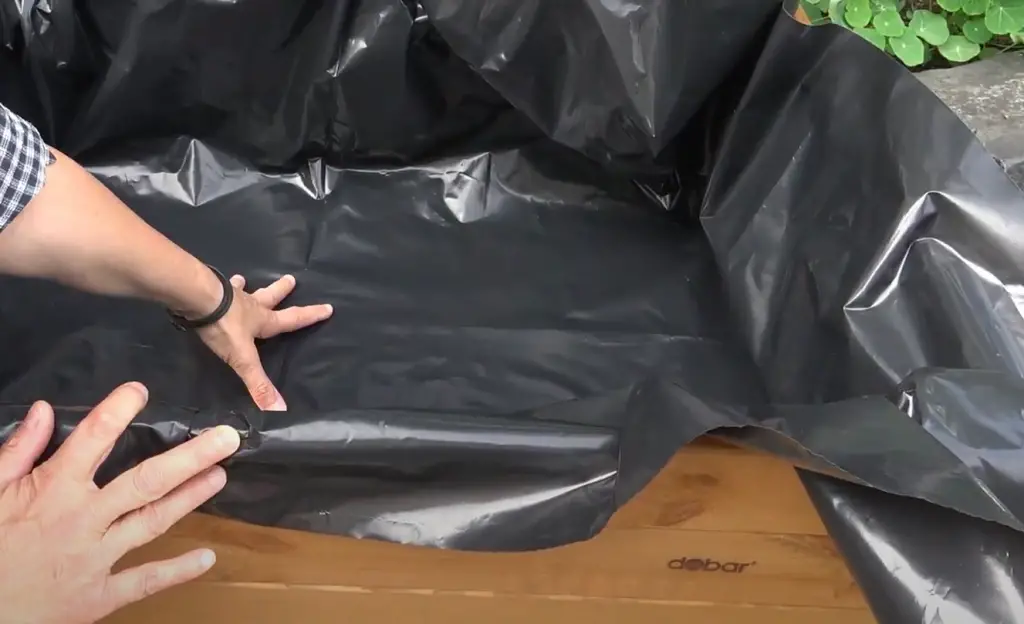
No matter which type of raised garden bed you choose, make sure that it’s well-designed and constructed with quality materials to ensure years of successful gardening [1]!
Building Your Own Raised Garden Bed
Before You Start Building
Before you start building your raised garden bed, it’s important to consider a few essential factors. Firstly, think about the size of the garden bed – how much space do you have available in your yard or balcony? Will the plants that you want to grow fit comfortably into the dimensions of your raised bed?
Secondly, decide what type of material you wish to use for your garden bed. Cedar is a popular choice due to its ability to withstand rot and insect damage; however, it can be expensive. Alternatively, consider recycled plastic lumber or pressure-treated wood as more cost-effective options.
Thirdly, decide on a design for your raised garden bed. Do you want straight walls or curved ones? Do you want to incorporate a seating area into your design, or will you be content with a single layer of blocks? Consider how much work you are willing to put in before settling on an idea.
Finally, determine how many levels (if any) you would like the garden bed to have. A two-level bed gives more growing space and allows for different plants to be grown in separate areas; however, it is more difficult to construct and maintain.
Creating Your Raised Garden Bed
Once you’ve decided on all the specifics of your raised garden bed, start assembling the materials that you need. If using wood, make sure to check that it is free of rot and insect damage before purchasing it. Securely fasten all the pieces together using screws or nails.
Next, line the bottom of the bed with a thick layer of landscape fabric to prevent weeds from growing up through the soil. Fill in the raised garden bed with your choice of soil, compost, and fertilizer.
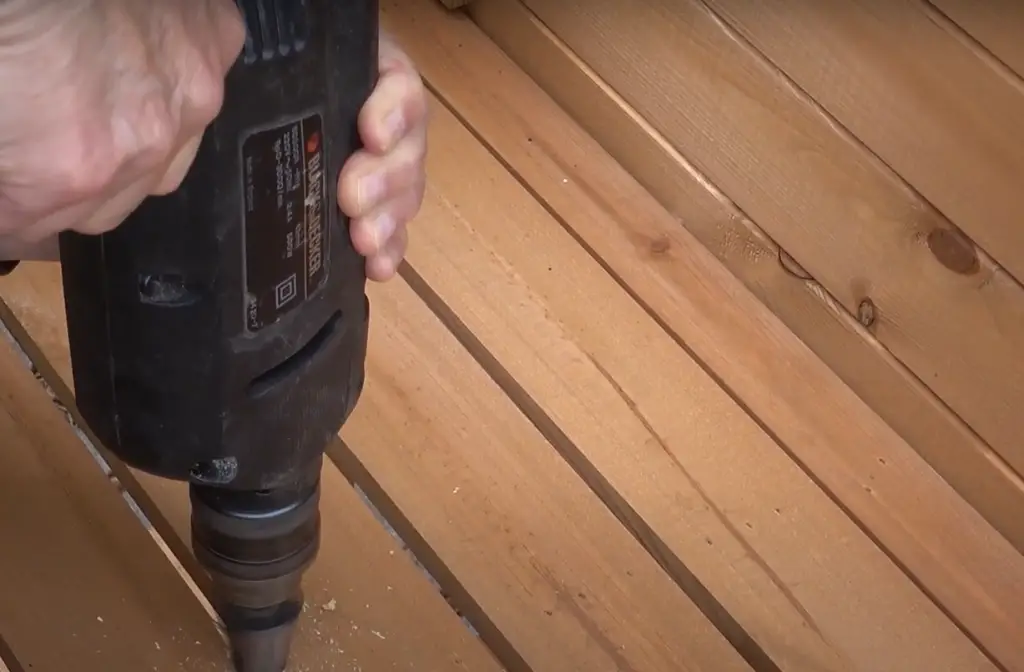
Finally, water your plants regularly and keep an eye out for pests or diseases that may affect them. You can make use of mulch to protect the roots of your plants and control weed growth. With regular maintenance and care, you’ll be able to enjoy bountiful harvests in no time[2]!
Why is the drainage for raised garden beds so important?
The drainage for raised garden beds is an essential part of the overall design and structure of the bed. Here are a few reasons why it is important:
- Good drainage ensures that excess water can escape from the raised bed, allowing for better aeration and preventing plants from sitting in waterlogged soil.
- It prevents damage to plants and roots due to over-watering, as any excess water will be drained away.
- If your raised bed sits higher than the surrounding soil, then having good drainage helps prevent groundwater from seeping into your bed which can lead to nutrient-poor soil or even flooding of the bed itself.
- Proper drainage also helps to reduce weed growth by keeping soil temperatures more consistent.
- Finally, proper drainage allows air to circulate around the root systems of the plants in the raised bed, helping to promote healthier plant growth.
Having a well-designed and installed drainage system for your raised garden beds is essential for healthy and successful gardens. It’s important to make sure that you use a material that will allow water to pass through quickly and easily so that excess moisture can escape from the soil without any issues. In addition, it’s also important to ensure that the drainage slopes away from the bed so that groundwater doesn’t enter it, as this can lead to poor soil conditions or flooding of the bed itself. Taking these points into consideration when planning your raised garden beds will help ensure success with growing healthy plants year after year!
What To Grow In A Raised Bed Garden?
Raised bed gardens can be extremely versatile when it comes to what you can grow. From vegetables and fruits to flowers and herbs, there are endless possibilities!
- Vegetables: Tomatoes, peppers, cucumbers, carrots, radishes, squash, lettuce, and other leafy greens are all great options for a raised bed garden. You can also plant root vegetables such as potatoes or onions in a raised bed.
- Fruits: Berries such as strawberries and raspberries work well in raised beds because they need good drainage. Fruiting vines such as grapes and kiwi will also thrive in a raised bed garden if you have the space available.
- Flowers: Flowers add color and beauty to any garden. Some many annuals and perennials do well in raised bed gardens. A few examples include zinnias, marigolds, dahlias, sunflowers, and daisies.
- Herbs: Herbs like basil, oregano, parsley, rosemary, sage, chives, thyme, and cilantro make great additions to a raised bed garden. They can be used fresh for cooking or dried for later use. Plus they are low maintenance and don’t require much space!

No matter what you decide to grow in your raised bed garden, the most important thing is that you have fun with it! Have fun experimenting with different plants and see what works best for you. With a bit of research and experimentation, you can create an amazing garden that will be the envy of your neighbors [3]!
Tips for Improving Drainage in Your Raised Beds
Add Compost
Adding a layer of compost to the top of your raised bed soil before planting can significantly improve water drainage. The organic content in compost helps to break up hard, compacted soils and allows them to absorb moisture more easily.
Amend Soil With Sand or Gravel
Mixing sand or small gravel into your soil is another way to help it drain better. Use one part of sand or gravel for every three parts of soil and mix them thoroughly before planting. This will create larger pathways for water to flow through and prevent it from becoming too waterlogged.
Use Cover Crops
Cover crops are plants you can use to cover the surface of your raised bed. Not only do they help retain moisture, but they also create a barrier that prevents too much water from entering the soil and becoming trapped. If you’re looking for a low-maintenance solution, try planting a thick layer of clover or another shallow-rooted crop that won’t require much maintenance.
Improve Drainage With Mulch
Adding mulch around your plants is another great way to improve drainage in raised beds. It will help keep the soil moist longer while also creating pathways for excess water to escape. A layer of straw, pine needles, grass clippings, or wood chips can all work well as mulches and help keep your raised bed soil from becoming waterlogged.
Create Sloping Beds
If you’re starting a new raised bed, building it with a sloped shape can also help improve drainage. A slope of about one inch (2.5 cm) for every foot (30 cm) should be enough to encourage water to move quickly away from the plants and out of the bed.
Use Sheet Composting
Sheet composting is a great way to improve drainage in raised beds without having to replace the entire soil mixture. This process involves layering newspapers, cardboard, grass clippings, and other organic materials over the top of your existing soil.
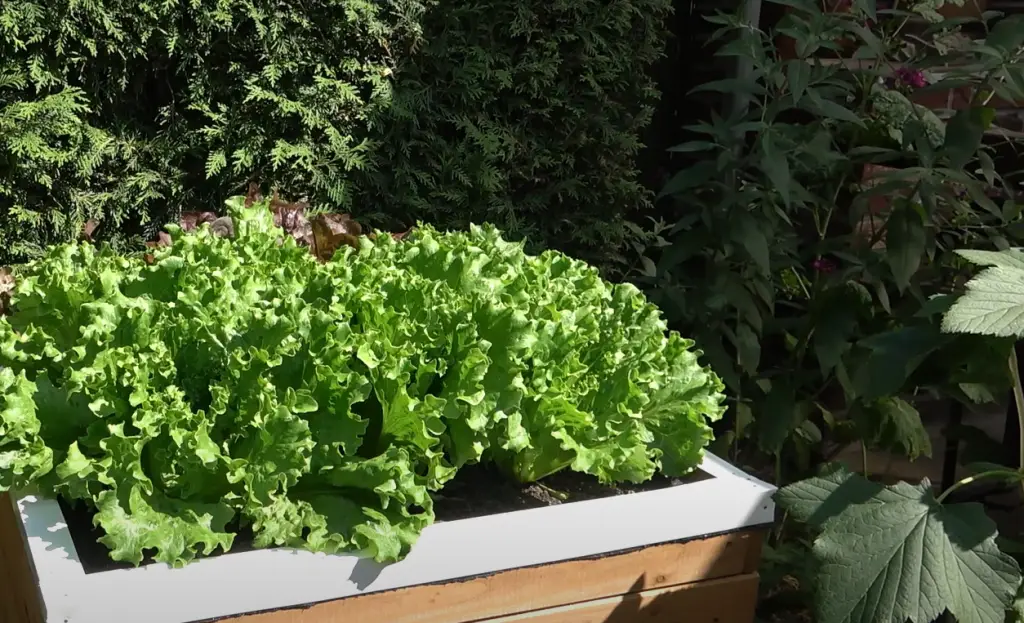
As these materials decompose, they will help aerate the soil and make it easier for water to drain away.
Install Drainage Tiles
If you’re still having trouble with drainage in your raised bed, installing drainage tiles may be your best option. These small plastic or stone tiles are easy to install and can provide an effective solution for redirecting excess water away from plants and out of the bed. Be sure to slope them slightly downward when installing so that they can effectively carry the water away.
Use a Broadfork
A broad fork is a gardening tool that can help you loosen and aerate your soil. It works by creating small “tunnels” in the soil, which allows water to move freely between them and drains away any excess moisture. Using this tool regularly on your raised bed soil will help improve drainage and keep it loose and healthy for your plants.
Add Drip Irrigation Systems
If you don’t want to rely on rainfall alone for watering your raised beds, installing a drip irrigation system may be the best option. The slow, steady stream of water provided by these systems helps to reduce runoff and prevent flooding. Plus, they are easy to install and maintain over time.
Choose Plants Wisely
The type of plants you choose can also have an impact on drainage in your raised bed. Avoid planting water-loving varieties like lettuce or spinach, and instead opt for drought-tolerant species like tomatoes, peppers, or herbs. These will require less frequent watering and won’t be as prone to flooding.
Avoid Pulling Plants Up By the Root
When removing a plant from your raised bed, it’s important to be gentle and avoid damaging the soil. Pulling plants up by the root can disturb the soil structure and make it harder for water to drain away. Instead, use a shovel or spade to carefully dig around the roots of the plant before lifting it out of the bed.
Take Steps to Prepare For Winter
When winter comes, it’s important to take steps to protect your raised beds from the cold weather.
Also, make sure that any drainage tiles or pipes are clear of debris so that they can function properly throughout the season.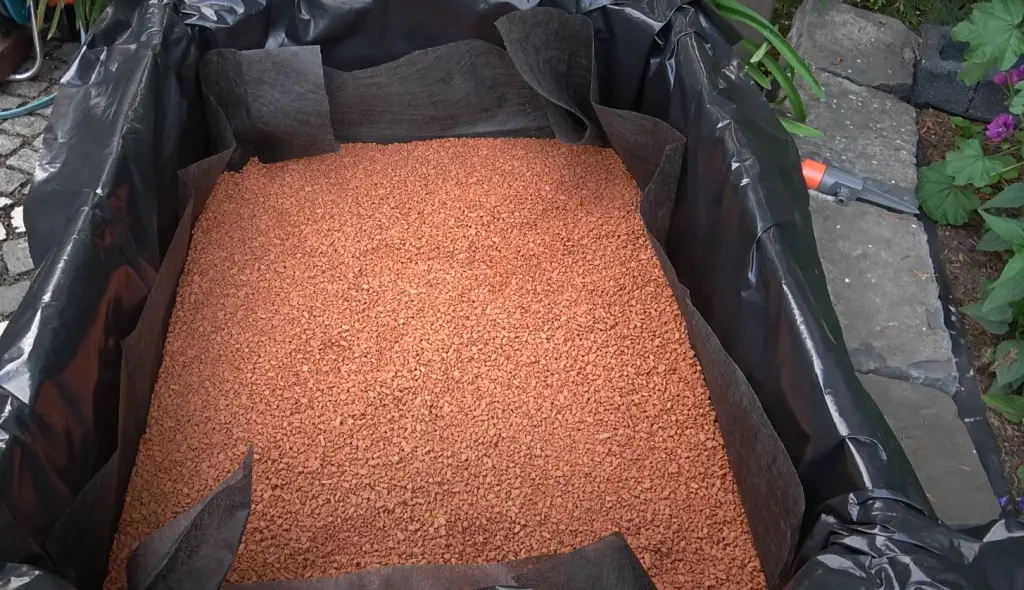
By following these tips, you can ensure that your raised bed has proper drainage and provide the best conditions for your plants to thrive. Improving drainage in your beds may require some extra effort, but it will be worth it when you see how much healthier and more productive your plants become. So, don’t hesitate to try out some of these methods and create a better environment for your plants [4]!
FAQ
Should you put drainage holes in a raised garden bed?
Yes, drainage holes should always be included in raised garden beds. This will help to prevent soil compaction and ensure that water does not become stagnant within the bed. Additionally, it can also help to provide the right amount of air circulation and oxygenation within the soil, which is essential for healthy plants. Drainage holes can be easily added using pre-drilled liners or a simple drill bit and drill. It’s important to remember to cover the drainage holes with mesh netting or another barrier to keep out pests.
Can you put a raised garden bed directly on concrete?
No, it’s not recommended to place a raised garden bed directly on concrete as this could cause water buildup and damage the bed’s structure. Instead, it’s recommended that you place a barrier such as a piece of landscape cloth, rubberized membrane or tarp underneath the bed to act as an additional protective layer. This will help to protect the concrete from moisture damage and ensure adequate drainage for your garden.
What is the best soil for a raised garden bed?
The best soil for a raised garden bed depends on what type of plants you plan to grow. Generally speaking, it’s important to use well-draining soil with plenty of organic matter like compost or aged manure mixed in. Additionally, you may want to add perlite or vermiculite if your area tends to be very wet or clay-like in texture. This will help to provide the right balance of air and water for optimal plant growth.
What is the best location for a raised garden bed?
When selecting the location for a raised garden bed, it’s important to consider a few key factors such as sunlight, soil type, access to water, and overall drainage. Aim to select an area that gets at least six hours of direct sunlight per day and has good drainage so that excess water can easily run off. Additionally, it should be located close enough to a source of water for easy irrigation access. Finally, make sure you choose an area with nutrient-rich soil that can support your desired plants.
Can I use treated lumber in my raised garden bed?
No, it’s not recommended to use treated lumber for raised garden beds as the chemicals can leach into the soil and potentially harm your plants.
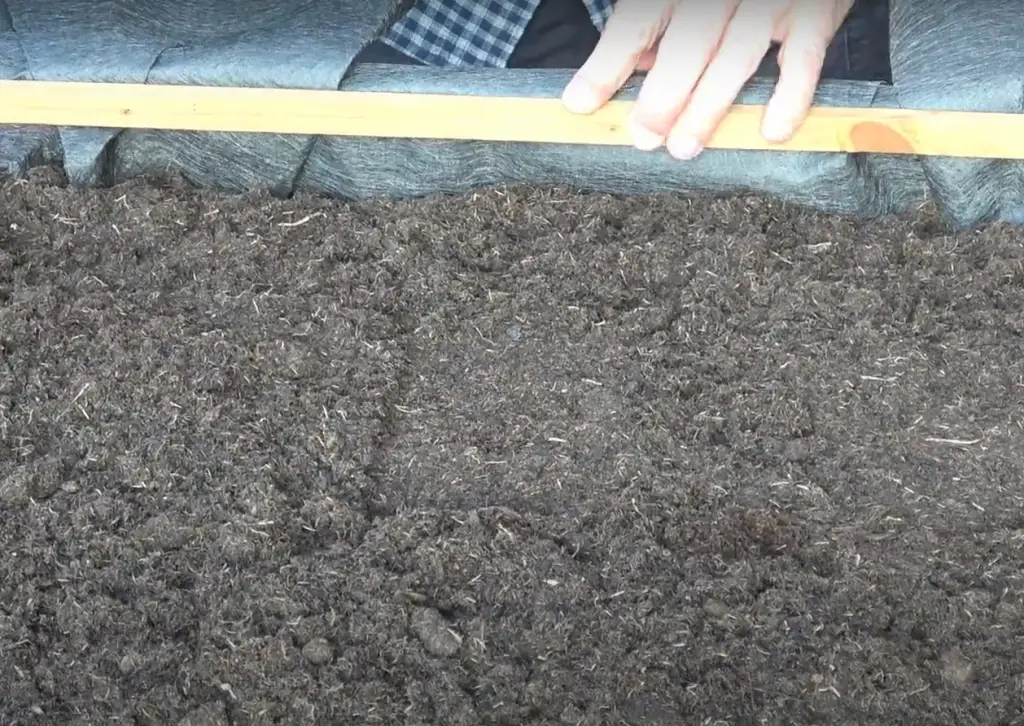
Instead, opt for natural pressure-treated wood such as cedar or redwood that is naturally resistant to rot and bugs. Additionally, you may want to select a non-toxic sealant or paint to ensure that no toxic chemicals come in contact with your plants.
Will wildlife damage my raised garden bed?
Wildlife can cause significant damage to raised garden beds if they are not properly secured. To prevent this type of damage, it’s important to construct the bed with tough materials like hardware cloth or chicken wire and then bury the base several inches below ground level. Additionally, you may want to use netting or bird spikes to keep out pests and animals. Finally, it’s always a good idea to install motion-activated lighting around the perimeter of your garden bed as an extra deterrent.
How often should I water my raised garden bed?
The frequency of watering for your raised garden bed will depend on the type of plants that you are growing and the climate in which they are located. Generally speaking, it’s best to water deeply but infrequently so that the roots have time to grow down into the soil. It’s also important to monitor your soil moisture levels regularly and adjust accordingly if needed. For more specific guidance about watering requirements for your plants, it’s best to consult your local gardening store or an experienced gardener.
Do I need to fertilize my raised garden bed?
Yes, regular fertilization is key for ensuring optimal plant health in a raised garden bed. The type of fertilizer that you use will depend on the plants that you are growing and their particular nutrient needs. Generally speaking, it’s best to opt for slow-release organic fertilizer as this will provide more consistent nourishment over time. Additionally, make sure to follow the instructions on the packaging carefully and avoid over-fertilizing as this can be detrimental to your plants.
What do you put in the bottom of a raised bed drain?
When constructing a raised garden bed, it’s important to include a layer of drainage material at the bottom. This will help to ensure that excess water can easily run off and not pool up around your plants’ roots. The most commonly used materials for this purpose are gravel, perlite, or sand. If you have clay-like soil in your area, you may want to consider using crushed stone instead as this will create even more space between the particles so that water can flow more freely.
How do you put drainage in a raised bed?
When constructing a raised garden bed, it’s important to include a layer of drainage material at the bottom. This will help to ensure that excess water can easily run off and not pool up around your plants’ roots. The most commonly used materials for this purpose are gravel, perlite, or sand. Additionally, make sure to leave at least one inch of space between the top of the drainage material and the soil to allow for adequate air circulation. Finally, it’s important to remember that the type and size of particles you choose will also affect how well your garden drains so make sure to select an appropriate option for your particular climate and soil type.
What is the best drainage for a raised garden bed?
The best drainage material for a raised garden bed will depend on the climate and soil type in your area. Generally speaking, gravel is one of the most commonly used materials as it can help to retain moisture while still allowing water to easily flow away from the plant’s roots. Additionally, perlite and sand can also be effective options depending on your needs.
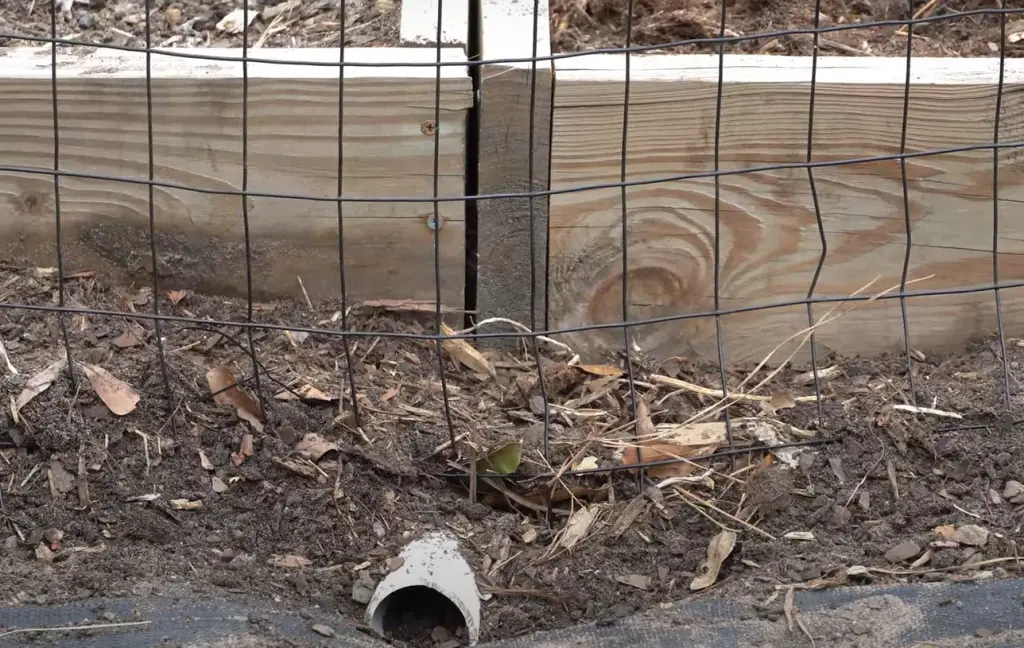
If you have clay-like soil in your area, you may want to consider using crushed stone instead as this will create even more space between the particles so that water can flow more freely.
What are the advantages of raised garden beds?
Raised garden beds offer several advantages over traditional in-ground gardens. For one, they can help to improve the soil quality since it is not compacted like in-ground gardens. Additionally, raised beds also have better drainage and are easier to maintain due to their elevated design. Finally, they provide an effective way to keep out pests and animals while still allowing for adequate air circulation. All these benefits make raised garden beds an attractive option for any gardener looking to get the most out of their space.
Why use rocks for drainage in a raised bed?
Rocks are a great option when it comes to drainage in raised garden beds. Not only do they help to retain moisture while still allowing for adequate air circulation, but they can also help to keep out pests and animals. Additionally, rocks are more cost-effective than many other types of materials and provide better structural support for the bed itself. Finally, they are an aesthetically pleasing way to enhance your garden’s look while still getting all the benefits of proper drainage.
How to choose drainage material for a raised bed?
When selecting drainage material for your raised garden bed, it’s important to consider the climate and soil type in your area. Generally speaking, gravel is one of the most commonly used materials as it can help to retain moisture while still allowing water to easily flow away from the plant’s roots. Additionally, perlite and sand can also be effective options depending on your needs. If you have clay-like soil in your area, you may want to consider using crushed stone instead as this will create even more space between the particles so that water can flow more freely. Finally, make sure to leave at least one inch of space between the top of the drainage material and the soil to allow for adequate air circulation.
Why is it important to leave space between the drainage material and soil in a raised bed?
It is important to leave at least one inch of space between the drainage material and the soil in a raised bed because this will allow for adequate air circulation. This helps to promote healthy root growth as well as prevent waterlogging which can lead to root rot. Additionally, the extra space also helps create more room for beneficial microbes which can help contribute to healthier plants overall. Finally, leaving ample space between your drainage material and soil can also help increase water flow so that excess moisture can easily run off instead of pooling around your plants’ roots.
Useful Video: Drainage And Filling For A Raised Bed – Self Supply For Your Garden Or Even A Small Balcony
Conclusion
Raised garden beds need drainage in order to be successful. Without adequate drainage, excess water can build up in the soil and cause root rot and plant death. There are several ways to provide drainage for a raised garden bed, including adding gravel or other rocky materials at the bottom of the bed, installing a drainpipe system that is connected to an underground drainage pipe, or using landscape fabric to create a barrier against standing water. Each method has its own advantages and disadvantages, so it’s important to consider these factors before settling on a particular option. Ultimately, choosing the right kind of drainage solution for your raised garden bed will help ensure that you have healthy plants with plenty of room to grow!
References:
- https://www.nbcnews.com/select/shopping/best-raised-garden-beds-ncna1268061
- https://www.almanac.com/content/how-build-raised-garden-bed
- https://savvygardening.com/best-vegetables-to-grow-in-raised-beds/
- https://www.housebeautiful.com/uk/garden/a31275047/garden-drainage/










Leave a Reply
View Comments